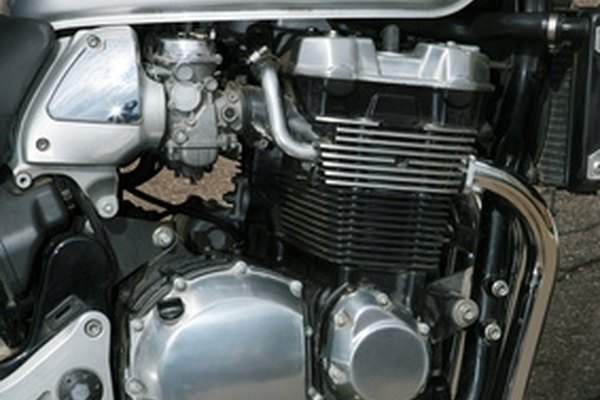Honda Atc Engine Serial Numbers

There is indeed a difference between the two years other then the clutch cable. I accidentally figured it out today when I pulled my left side cover off to change my shifter shaft seal. Its hard to explain but in 86 they changed the way the oil flows by removing part of the casting in the cover. The only reason why I noticed is because part of my gasket didn't match the inside of the cover in one spot but it did match the crankcase side. Yes I have a cover off of an 86 on an 85 engine.
I was worried at first but when I studied the parts fiche and if I'm reading it correctly the cover for the 86 is interchangeable with the 85 engine but the 85 cover is NOT interchangeable with the 86 engine. So I think I'm OK. So for those of you thinking about that electric start make sure you know what year engine you have.
Cmsnl.com Honda Xr200r 1999 (x) Usa Serial Numbers - schematic partsfiche 1500 × 970 - 194k - gif cmsnl.com Honda Atc200es Big Red 1984 (e) Usa Serial. Decode your Honda ATC VIN Honda ATC VINs can be found on either side of the frame neck To learn more about Honda ATC recoils click here. Decode your Honda 3-wheeler VIN here. Decode your Honda ATC VIN Honda ATC VINs can be found on either side of the frame neck To learn more about Honda ATC recoils click here.
Aplikasi antrian berbasis web. Motorcycle VIN numbers give a world of information if you know the decoding secrets. While they may seem like random strings of characters, VIN codes reveal the motorcycle's manufacturer, its model, engine size and other characteristics, where the motorcycle was manufactured (both country and plant), as well as the year it rolled off the assembly line.

VIN, or Vehicle Identification Numbers, were standardized in 1981 by the National Highway Transportation and Safety Administration (NHTSA). By law they are 17 characters long, consisting of both numbers and letters. Each character or sequence of characters has specific meaning.
Most importantly, your VIN cannot be identical to any other VIN within a 30-year period, so unless the bike you’re interested in is more than 30 years old, the code is unique. VIN numbers are mandated to be permanently affixed, so manufacturers typically stamp the code onto the frame and engine so that it isn’t easily altered or removed. The code must use the digits zero to nine and capital, sans-serif A to Z characters—except the letters “I”, “O,” and “Q”. Duplicate VIN codes, letters that are not capitalized, sans-serif style, or digits other than zero to nine (in other words, digits not common to the English language) are fraud alerts. Be prepared to walk away if the VIN codes do not conform to these standards. Even if the VIN looks legitimate, if you're buying from a private owner, do all your homework before money changes hands. Your state's motor vehicle department will likely provide a means to verify details of ownership and reveal lien holders, such as a bank.
The First Three Characters This first section renders information in this order: the country of origin, the manufacturer, and a third character showing either a “1” or an “A” to indicate “motorcycle.” The Next Five Characters The second section is called the vehicle descriptor section. The fourth place in the VIN code indicates the vehicle category: • C = scooter • B = business model or commuter • N = single cylinder sport/street • G = multiple cylinder sport/street • F = family • S = off road • V = v-type engine, street, V2/V4/V6/V8, etc.